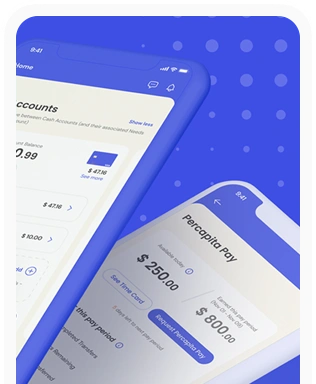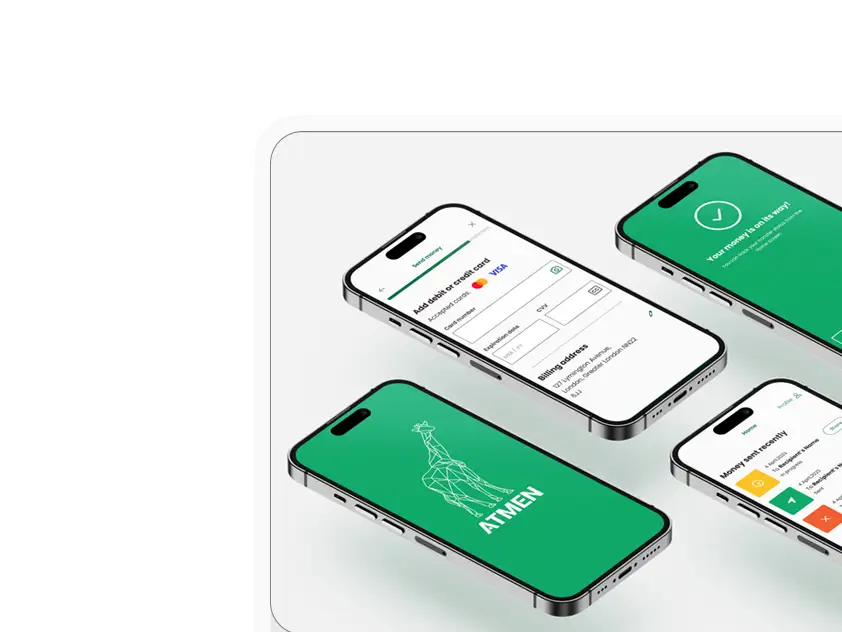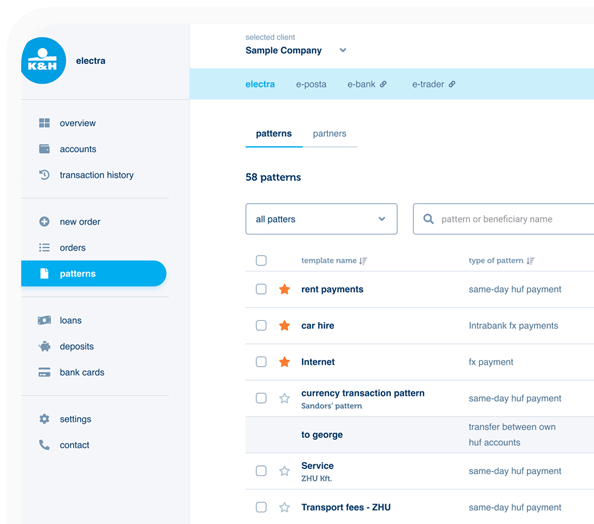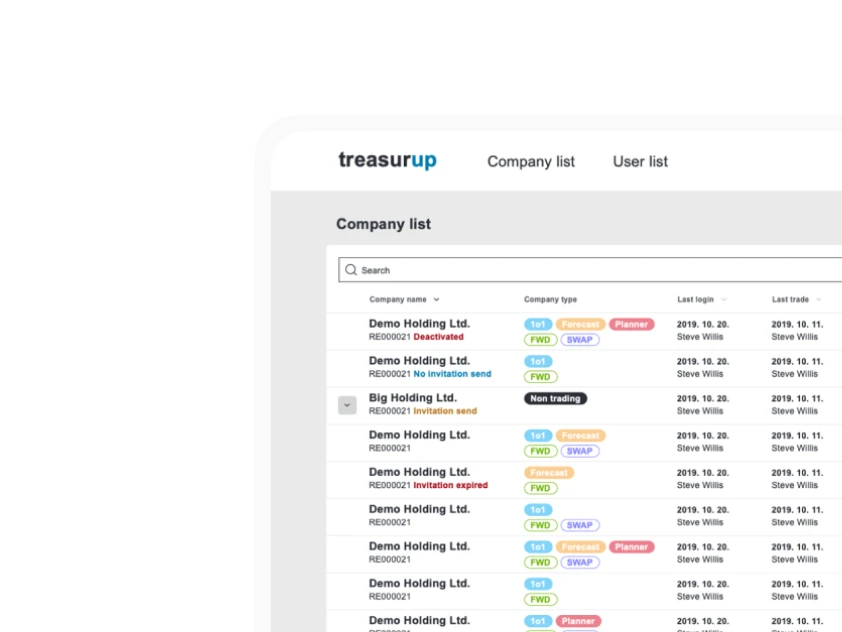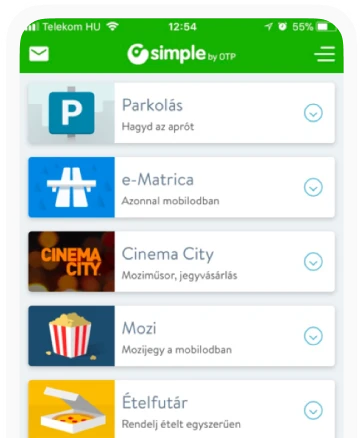Navigating EU Accessibility Standards: A 2025 Guide
The European Accessibility Act, approved in 2019, came into effect on June 28, 2025, marking a significant shift in the European Union (EU) market. The Act mandates that a range of products and services, such as consumer electronics (TVs, smartphones, computers, gaming consoles, etc.), ticketing and vending machines, and websites and mobile apps, among others, comply with accessibility requirements for persons with disabilities. Failing to comply with the law could result in penalties, including fines, for European private-sector organisations.
As businesses across Europe and the UK prepare for increased digital inclusivity, understanding and complying with the European Accessibility Act 2025 has become a crucial strategic priority. With the upcoming enforcement of this legislation, businesses face both challenges and opportunities to enhance digital access, foster inclusion, and improve user experience. Here’s a clear look at what the EU Accessibility Act covers and why it matters, how it maps to WCAG 2.1 Level AA in the EU and WCAG 2.2 EU used as best practice, and the practical steps businesses should take.
What is the European Accessibility Act 2025?
The European Accessibility Act 2025 is a landmark directive that standardizes accessibility requirements across EU member states. Officially adopted by the EU in 2019, it came into force in June 2025, mandating accessibility across a wide range of products and services, from e-commerce platforms to transportation, banking services, and electronic communication devices.
This legislation aims to:
- harmonize accessibility standards throughout Europe;
- reduce barriers faced by over 80 million Europeans living with disabilities; and
- foster greater inclusivity and equal participation in digital environments.
Compliance with the Accessibility Act 2025 is required for EU markets meaning UK and other non-EU businesses must comply when offering products or services to EU customers.
Further details about the law can be found at the official EU website.
Understanding WCAG 2.2 EU
To effectively meet the requirements of the European Accessibility Act 2025 UK and broader EU standards, businesses must adhere to the Web Content Accessibility Guidelines (WCAG). Specifically, the recent WCAG 2.2 EU provides clear and actionable standards for digital accessibility.
WCAG 2.2 EU outlines critical success criteria:
- Perceivable: Ensures content is presented in ways users can perceive, including text alternatives for non-text content, captions, and audio descriptions.
- Operable: Guarantees all functionality is operable through a keyboard, provides sufficient time for users to interact, and avoids content that triggers seizures.
- Understandable: Ensures information and operation are comprehensible, navigation is consistent and predictable, and input assistance is provided.
- Robust: Maximizes compatibility with current and future user agents, including assistive technologies.

Who Needs to Comply with the European Accessibility Act 2025?
The Act broadly covers the following sectors:
- E-commerce and digital marketplaces
- Electronic communications services
- Transportation services (ticketing, apps, terminals)
- Financial services (banking, ATMs, payment terminals)
- Computers and operating systems
- Audio-visual media services
Companies providing these services within EU member states or targeting European customers, including the UK, must ensure compliance by June 2025.
Steps to Achieve Compliance with the EU Accessibility Act 2025
Businesses should undertake the following actionable steps to effectively navigate and achieve compliance:
1. Conduct Accessibility Audits
Initiate a comprehensive audit based on WCAG 2.2 EU standards. Audits should cover websites, apps, digital documents, and interfaces. Identify gaps and create an actionable roadmap.
Individuals or small teams can conduct basic audits using reliable software tools like Wave, axe, or Google Lighthouse. These tools identify common accessibility issues such as missing alt-text, insufficient color contrast, or improper heading structures. For deeper evaluations, a manual inspection involving keyboard-only navigation, checking for proper labeling, and testing with screen readers can provide invaluable insights.
Step-by-step guide to conducting accessibility audits
Step 1: Familiarize yourself with WCAG 2.2 EU standards
Before starting your audit, it's crucial to understand the benchmarks you'll measure against. Review WCAG 2.2 EU standards to gain clarity on accessibility principles and criteria. The main principles ‒ Perceivable, Operable, Understandable, and Robust ‒ form the foundation for accessibility assessments.
Step 2: Use automated accessibility testing tools
To perform a basic accessibility audit, leverage free, reliable tools designed to detect common issues quickly:
- Wave Evaluation Tool (wave.webaim.org):
This tool offers a straightforward way to identify missing alternative text, form labeling issues, color contrast violations, and structural problems like heading inconsistencies. - axe DevTools (deque.com/axe):
This robust browser extension scans webpages comprehensively, highlighting critical and moderate accessibility violations and provides clear guidance on how to rectify each issue. - Google Lighthouse (integrated into Chrome Developer Tools):
Built directly into Google Chrome, Lighthouse conducts audits on performance and accessibility, offering actionable insights on areas like contrast, ARIA roles, and keyboard accessibility.
Run these tools on your web pages and digital content to generate a report identifying key areas requiring improvement.
Step 3: Conduct manual accessibility checks
While automated tools are valuable, manual testing is essential to catch issues that software may overlook. Conduct the following manual checks:
- Keyboard navigation test: Try navigating your site using only the keyboard (Tab, Shift+Tab, Enter, Spacebar, and arrow keys). Check if you can access all interactive elements (links, buttons, forms) without difficulty or getting trapped.
- Screen reader testing: Use popular screen readers such as NVDA (free, Windows), VoiceOver (built-in macOS/iOS), or JAWS (paid, Windows). Evaluate how clearly and logically the content is read aloud, especially for images, forms, and navigation elements.
- Color contrast checks: Use tools like WebAIM's Contrast Checker to verify sufficient color contrast ratios between text and background, ensuring readability for users with visual impairments.
- Form accessibility: Ensure every form field has clear labels that are programmatically associated with their respective input fields. This guarantees usability for those relying on assistive technologies.

Step 4: Document accessibility issues and prioritize actions
Create an organized record or spreadsheet listing all identified accessibility issues. Include:
- Issue description: Briefly describe each accessibility barrier.
- Severity level: Categorize issues based on their impact ‒ critical, moderate, or minor.
- Location: Specify exactly where the issue occurs (e.g., homepage header, checkout form).
- Recommendations for fixes: Clearly outline steps or changes needed to resolve each issue.
Prioritize these issues based on their impact on user experience and the ease of fixing them.
Step 5: Create an actionable accessibility improvement plan
Use your audit findings to develop an action plan. Outline clear, achievable goals with deadlines:
- Immediate fixes: Tackle critical, high-impact barriers promptly.
- Medium-term improvements: Schedule improvements that require design or development efforts within upcoming product cycles.
- Ongoing monitoring: Establish a regular schedule (e.g., monthly or quarterly) to continuously review and update your accessibility practices.
Step 6: Engage users with disabilities
Real-world user feedback is invaluable. Engage users with disabilities in testing your website or products. Their insights often reveal practical accessibility concerns that automated tools or manual checks might miss, allowing you to significantly enhance the user experience.
Step 7: Continuous learning and compliance
Accessibility is not a one-time effort; standards and technologies continuously evolve. Commit to ongoing education, monitor updates to WCAG and EU accessibility standards, and conduct regular follow-up audits to maintain compliance and accessibility.
By following these structured steps, individuals and teams ‒ regardless of their technical background ‒ can effectively perform accessibility audits, ensuring readiness for the EU Accessibility Act 2025 and providing an inclusive experience for all users.
2. Train and Educate Teams
Invest in accessibility training. Educate designers, developers, content creators, and product managers about the EU Accessibility Act requirements and WCAG 2.2 EU best practices.
3. Implement Accessible Design Principles
Adopt principles like inclusive design and universal design:
- High contrast and legibility: Ensure text and backgrounds have adequate contrast.
- Keyboard navigation: Guarantee websites and apps are fully navigable via the keyboard.
- Responsive and flexible layouts: Support various devices and assistive technologies.
- Alternative text: Provide meaningful alt-text descriptions for visual content.
4. Test Regularly with Assistive Technologies
Regularly test digital products using screen readers, speech recognition software, and other assistive tools. Engage users with disabilities in testing processes to gain real-world insights.
5. Document and Communicate Accessibility Efforts
Maintain clear records demonstrating compliance. Publicly communicate your commitment and specific accessibility measures implemented, reinforcing brand trust and enhancing your competitive advantage.

Why Compliance Matters: Benefits Beyond Regulatory Obligation
Complying with the EU Accessibility Act 2025 isn’t just a regulatory mandate ‒ it also offers tangible business benefits:
- Enhanced brand reputation: Businesses that demonstrate a genuine commitment to accessibility build stronger customer loyalty and brand equity.
- Increased market reach: Ensuring accessibility expands market reach, tapping into the significant purchasing power of people with disabilities.
- Improved SEO: Accessible websites often have a better structure, clearer content, and enhanced UXs, positively influencing search rankings.
Final Thoughts
Navigating the European Accessibility Act 2025 requires a methodical and informed approach. Compliance not only fulfills a regulatory mandate but also represents a significant opportunity to create inclusive digital experiences. By understanding and embracing WCAG 2.2 EU standards, businesses can enhance their market competitiveness, build stronger brand loyalty, and drive sustainable growth in a digitally inclusive future.
Start now to confidently meet the EU Accessibility Act standards and unlock the full potential of accessibility-driven digital innovation.
AccessibleEU has prepared a series of guidelines that provide easy-to-understand information about the EAA and other European accessibility related legislation:
- Accessibility legislation at the European level: Provides basic knowledge and information on existing EU accessibility legislation as well as obligations for stakeholders.
- Accessibility standards at the European level: Offers information on European standards that support the European Accessibility Act (EAA).
- Getting to know the European legislation on accessibility: A concise, easy-to-use document that provides information on the most relevant EU accessibility legislation and standards. Readers get a better understanding of their purpose, scope, and requirements.
Check the Guidelines and Support Materials section on this website for even more guidelines.
FAQs about European Accessibility Laws
- What is the European Accessibility Act 2025?
The Act is a directive to standardize accessibility across EU member states, effective from June 2025. - Which businesses must comply with the Act?
Businesses offering e-commerce, transportation, financial services, electronic communications, computers, and audiovisual media. - What is WCAG 2.2 EU?
The guidelines are standards providing technical specifications for making digital content accessible. - Is the Accessibility Act mandatory for UK businesses post-Brexit?
Yes, if they target EU markets or customers. - What tools can I use for accessibility audits?
Reliable tools include Wave, axe DevTools, and Google Lighthouse. - How often should accessibility audits be performed?
Regularly, ideally quarterly or at significant product updates. - Do small businesses also need to comply?
Yes, if their services/products fall within regulated categories. - What are the penalties for non-compliance?
Penalties can include fines, reputational damage, and potential legal action. - Can compliance improve SEO?
Yes, accessible websites are typically better structured, enhancing search rankings. - How can I demonstrate my compliance efforts?
Maintain detailed documentation and regularly communicate your accessibility actions publicly.

